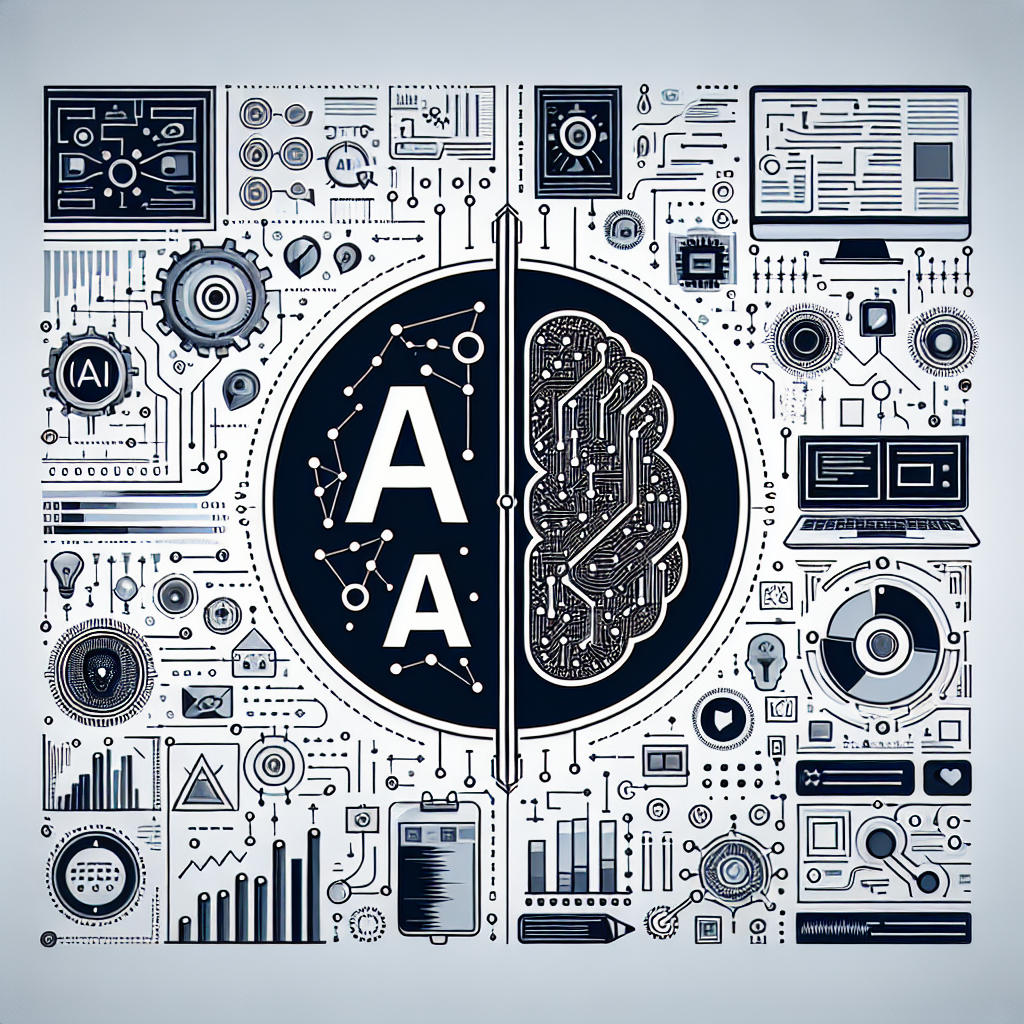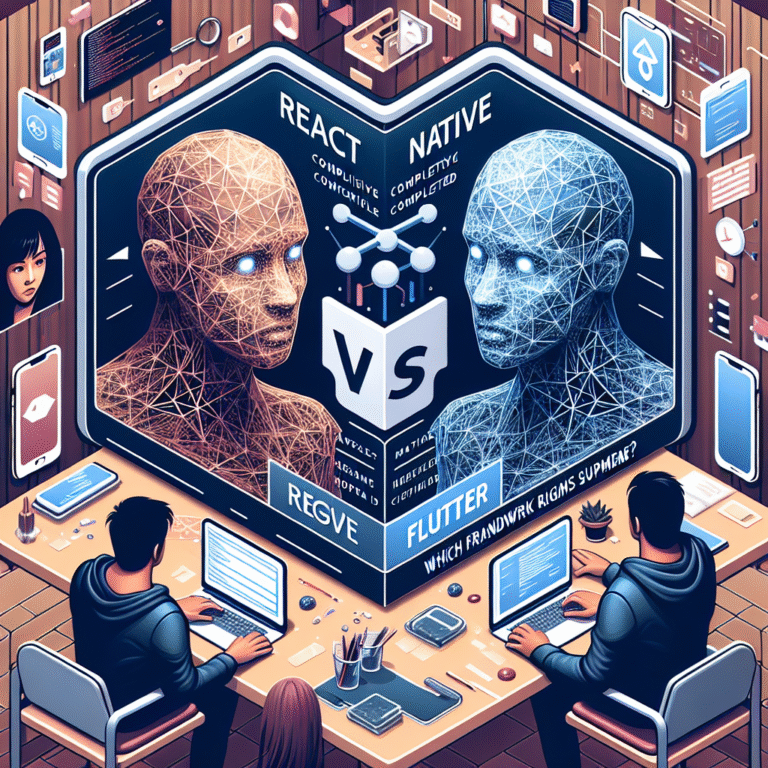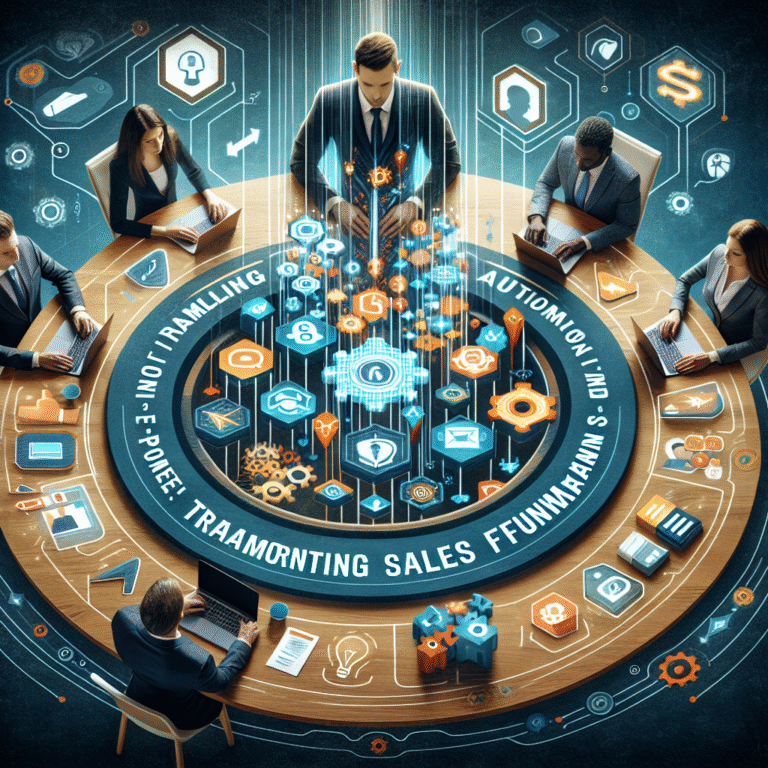“`html
AI vs Traditional Software Development: A New Era
Introduction
As technology continues to evolve, the landscape of software development is undergoing a significant transformation. This article explores the contrasting methodologies of artificial intelligence (AI) in software development versus traditional software development methods. Understanding these differences is crucial for developers and organizations aiming to stay competitive in today’s fast-paced tech environment. The integration of AI is reshaping approaches and creating new opportunities for innovation in software development.
What is Traditional Software Development?
Traditional software development encompasses a range of established methodologies that have been used for decades. These methods typically follow a linear and sequential process, starting from requirement gathering to design, implementation, testing, and maintenance. The most widely recognized approaches include:
- Waterfall: A linear approach where each phase must be completed before the next begins. This model is straightforward but can be inflexible.
- Agile: A more flexible approach that allows for iterative development and feedback, fostering collaboration and adaptability in response to change.
Understanding AI in Software Development
Artificial intelligence refers to computer systems designed to perform tasks that typically require human intelligence, fundamentally altering the dynamics of software development. In software development, AI can enhance various stages of the software development lifecycle (SDLC), making processes more efficient. Key technologies driving AI in software development include:
- Machine Learning: A subset of AI that enables systems to learn from data and improve over time. For further insights, developers can explore essential machine learning frameworks.
- Natural Language Processing: An area of AI focused on the interaction between computers and human language, which is pivotal in creating intuitive user experiences. For more on this topic, see Natural Language Processing: Transforming Industries.
Comparing AI and Traditional Methods
Both AI and traditional methods have their strengths and weaknesses. Traditional software development is often more predictable and easier to manage, while AI can offer faster results through automation and data-driven decision-making.
For example:
- Case Study 1: A traditional software company may take months to develop a new feature, while an AI-driven company can automate portions of this process, significantly reducing the time required. This shift not only accelerates delivery but also enhances responsiveness to user feedback.
Benefits of AI in Software Development
Integrating AI into software development can provide numerous advantages:
- Increased Efficiency: Automation can speed up repetitive tasks, allowing developers to focus on more complex problems, thus enhancing productivity.
- Enhanced Accuracy: AI can reduce human error, improving code quality and reliability.
- Complex Task Management: AI tools can handle intricate coding tasks that would otherwise require extensive manual effort, facilitating innovative solutions.
Challenges of Integrating AI
Despite the benefits, integrating AI into software development also presents challenges that organizations must navigate:
- Technical Limitations: Not all tasks can be automated, and AI systems may require significant resources to implement effectively.
- Resistance to Change: Organizations may struggle to transition from traditional methods to AI-driven approaches, facing cultural and structural barriers.
- Ethical Considerations: The use of AI raises questions about data privacy, decision-making transparency, and the potential for bias in AI algorithms.
Future Trends in Software Development
As we look to the future, AI is expected to play an increasingly integral role in software development. Predictions include:
- Greater collaboration between AI and human developers, fostering a symbiotic relationship that enhances creativity and problem-solving.
- Evolution of traditional methods to incorporate more agile and AI-oriented practices, allowing for greater adaptability and innovation.
FAQ
- What is the main difference between AI and traditional software development? AI uses intelligent algorithms to automate tasks, while traditional methods rely on manual coding and established practices.
- Can AI completely replace traditional programmers? No, AI is a tool to enhance programming efficiency, not a complete replacement for human developers.
- How can businesses transition to AI-driven development? Start small by integrating AI tools into existing workflows and gradually scale the implementation, ensuring a smooth transition.
- What skills are needed for developers in an AI-focused world? Knowledge of AI principles, machine learning, and data analysis will become increasingly important. Developers should also stay informed about the latest trends in AI and machine learning.
- What are the risks associated with using AI in software development? Risks include potential biases in AI algorithms, data security issues, and over-reliance on automation, which can undermine critical thinking and problem-solving skills.
“`




